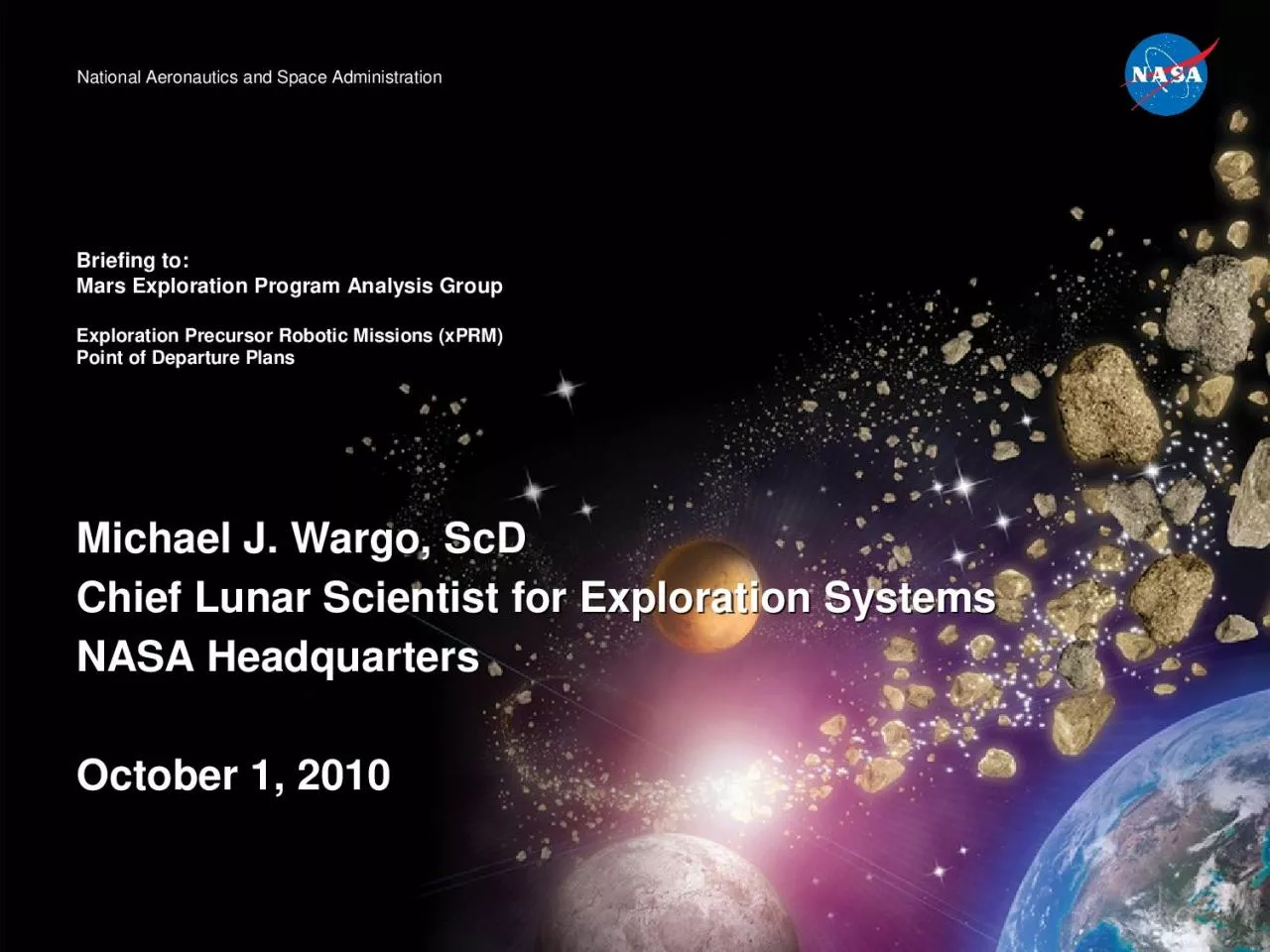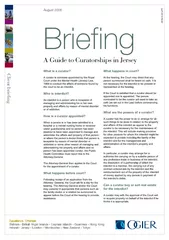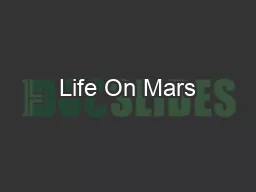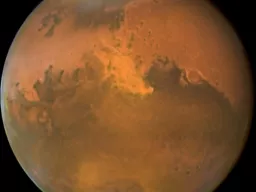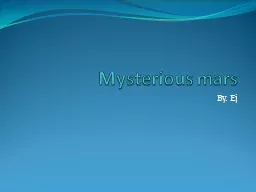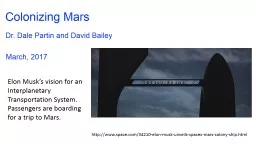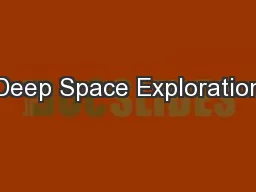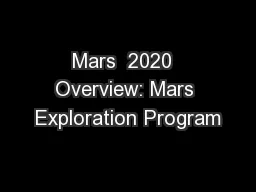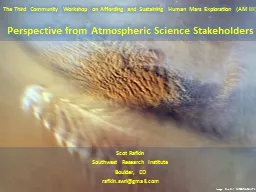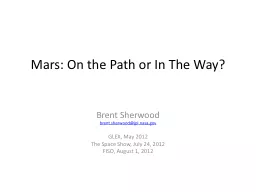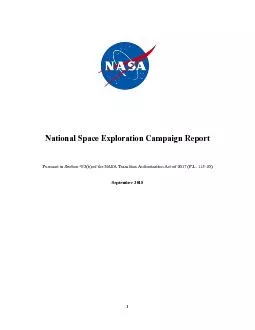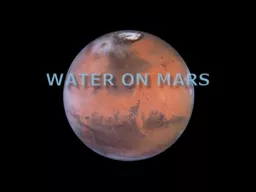PPT-Briefing to : Mars Exploration
Author : jade | Published Date : 2023-07-27
Program Analysis Group Exploration Precursor Robotic Missions xPRM Point of Departure Plans Michael J Wargo ScD Chief Lunar Scientist for Exploration Systems
Presentation Embed Code
Download Presentation
Download Presentation The PPT/PDF document "Briefing to : Mars Exploration" is the property of its rightful owner. Permission is granted to download and print the materials on this website for personal, non-commercial use only, and to display it on your personal computer provided you do not modify the materials and that you retain all copyright notices contained in the materials. By downloading content from our website, you accept the terms of this agreement.
Briefing to : Mars Exploration: Transcript
Download Rules Of Document
"Briefing to : Mars Exploration"The content belongs to its owner. You may download and print it for personal use, without modification, and keep all copyright notices. By downloading, you agree to these terms.
Related Documents

